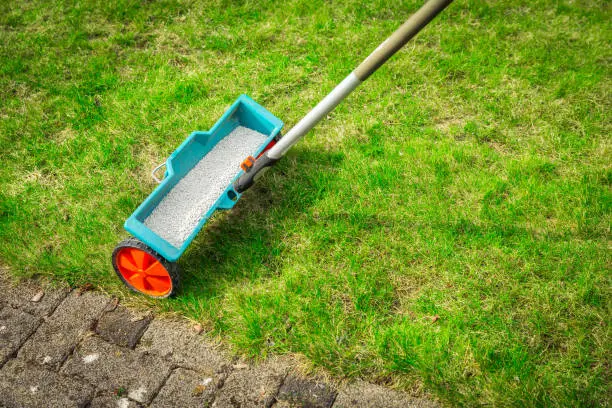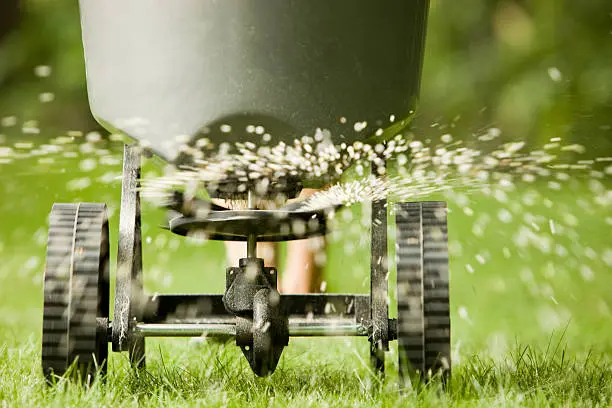When is the Best Time to Fertilize Your Lawn?
Optimizing Lawn Health: Strategic Fertilization
Fertilizing your lawn is a crucial practice in maintaining its health and aesthetics. However, timing is everything when it comes to this task. Applying fertilizer at the right time can enhance grass growth, bolster root strength, and prepare your lawn for either the growing or dormant seasons. So, when is the best time to fertilize your lawn? To make sure you give your lawn the nutrients it needs at the best moment, here’s how it compares to different seasons.

Spring
Spring is often seen as the kickoff for lawn care initiatives. It’s tempting to start early, but it’s best to wait until your grass has revived from winter dormancy and has started actively growing. Typically, late spring is ideal—around late April or early May—once temperatures are consistently warmer.
Summer
Depending on your grass type, summer feeding might be necessary, especially if it’s a cool-season variety. During periods of rapid growth or recovery from heat stress, a light application can help maintain vigor without causing excessive growth that could stress the plant.
Fall
This is arguably the most critical time for lawn fertilization because fall feeding strengthens roots and boosts nutrient storage before winter arrives. Aiming for mid-September through October allows your lawn to absorb and utilize nutrients effectively before going dormant. If possible, opt for a slow-release formula that continues to feed your grass throughout the winter.

Know More About When is the Best Time to Fertilize Your Lawn
Maintaining a healthy lawn requires understanding optimal times for routine maintenance tasks such as fertilization. As detailed above, knowing when is the best time to fertilize your lawn ensures robust growth and preparation against potential stresses across various seasons. If you are located in Fishers, IN, contacting Heavenly Haven Landscaping at (463) 272-6714 can further personalize this guidance, drawing on local expertise tailored precisely for regional conditions.